By A/Prof Lam Khee Sien, Senior Consultant Orthopaedic Surgeon, Changi Sports Medicine Centre
Pains in the knee are common for athletes and it's important that you do not leave them untreated as that could lead to degenerative changes in the knee.
TYPES OF KNEE PAIN
There are several types of knee pain that warrant further medical attention.
1. Anterior Knee Pain.
?This is a dull, aching pain under or around the front of the kneecap (patella) that increases with activity. If chronic, it is likely to be associated with stiffness in the morning or after rest, which improves with some mobilisation and worsens with increased activity.
2. Increased Knee Pain with Bend Knee and Impact Activity
This is more likely in recreational or occasional athletes. For seasoned athletes, this is likely to happen after a knee injury or repetitive knee strain and not giving enough time for the knee to recover after a strenuous physical activity. Symptoms include:
- Difficulty sitting with a bend knee for long period e.g. in the plane or long bus journey
- Difficulty in getting out of the chair.
- Taking some time to adjust the knee before able to walk smoothly
- Difficulty in climbing stairs
- Difficulty in squatting
- Painful knee at the end of the day and on long walk and brisk walk or running
- Pain on impact exercise and cycling up a steep slope
3. Unstable Knee and Creaking Knee?
This usually happens in athletes with patella maltracking or instability problems. Symptoms include:
- The knee buckles or gives way and is unable to support your weight
- History of unexpected fall
- Crackling or creaking sounds in the knee during movement
- Knee catches during movement
- Knee cap slips off to the side
4. Swelling of the Knee on Excessive Training or Running
This suggests significant irritation or injury to the knee cartilage and synovium (lining of the knee joint). It is usually associated with wasting of the thigh muscles of the same leg.
In an acute episode, the athletes should apply the RICE treatment (see below). If the problem is chronic, then it is important to ascertain the cause of this repetitive irritation.
Any vigorous activities especially in the presence of knee cap malalignment or instability can cause excessive stress and wear on the cartilage of the kneecap. This can lead to softening and breakdown of the cartilage on the patella (chondromalacia patella) and cause pain in the underlying bone and irritation of the joint lining.
Please do not ignore it. Not seeking treatment could lead to permanent damage to the cartilage and osteoarthritis.
WHAT TO TELL YOUR DOCTOR
When you seek treatment, do tell your doctor how long you have experienced pain in your knee, how you injured yourself, what activities aggravate the pain and whether there is any swelling when you are active.
Based on your description, the doctor will be able to classify your symptoms as mild, moderate or severe and recommend the appropriate treatment.
STEPS TO TAKE IF THERE IS SWELLING IN THE KNEE
Due to your unstable kneecap, swelling of the knee can occur at times. Here are some tips on what you can do to alleviate the swelling.
a) The RICE formula:
Rest. Avoid putting weight on the painful knee.
Ice the affected parts several times a day.
Compression
Elevation. Keep the leg raised up higher to reduce swelling
b) Take nonsteroidal anti-inflammatory medications if you need more pain relief.
c) If your have mild or moderate symptoms, you are likely to improve with rest and physical therapy such as stretching and strengthening.
d) If you are not better after 4-6 weeks of rest and physical therapy then there is likelihood of significant cartilage, meniscus or knee alignment problems. You will then need to be referred to a Sports Medicine Specialist. X-rays and later an MRI of the knee are required if there is no improvement.
PREVENTION
Although it is not always possible to prevent knee pain, there are several steps you can take to prevent injury to the knee.
- Stop doing any activities that hurt the knee.
- Don’t start again until you can do them without any pain.
- Increase intensity and duration of activity gradually.
- Losing weight will help to relieve the load or stress on the cartilage.
- Physical fitness is important in relieving the stress on the cartilage.
- Stretch the hamstring, quadriceps and iliotibial band of the knee before exercise.
- Strengthen the quadriceps especially its medial portion.
- Use proper fitting running shoes with good shock absorption.
- If you have flat feet, you may need shoe inserts.
- Avoid steep and uneven surface.
Changi Sports Medicine Centre (CSMC) is the largest multi-disciplinary sports medicine centre in Singapore. Set up by Changi General Hospital, it caters to both recreational and competitive athletes. Services include treatment of sports Injuries, injury prevention and performance enhancement, exercise testing and prescription for those with medical conditions, weight management and sports event medical coverage.

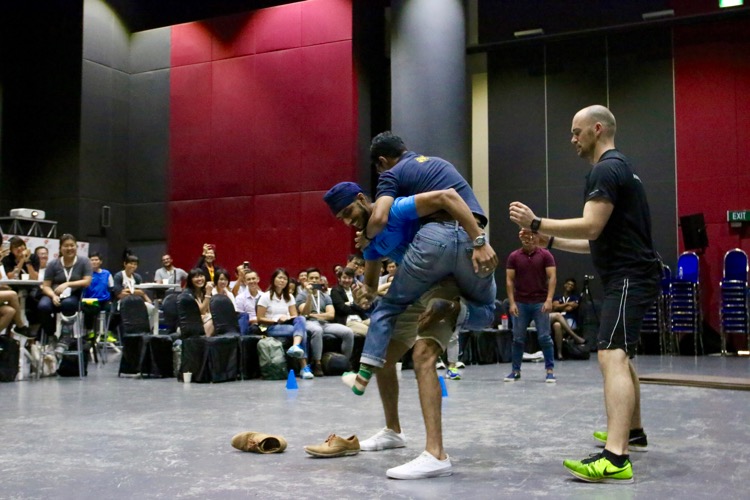

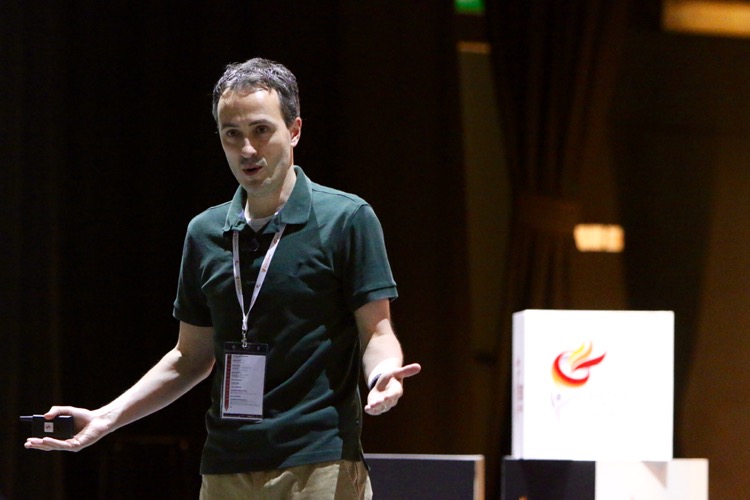
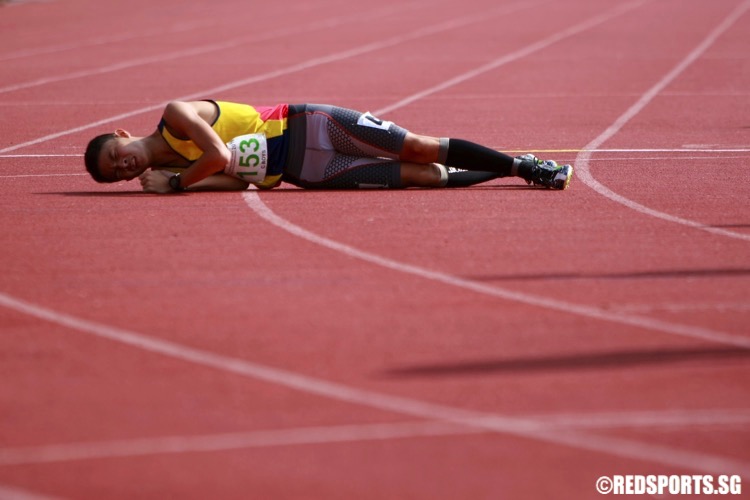
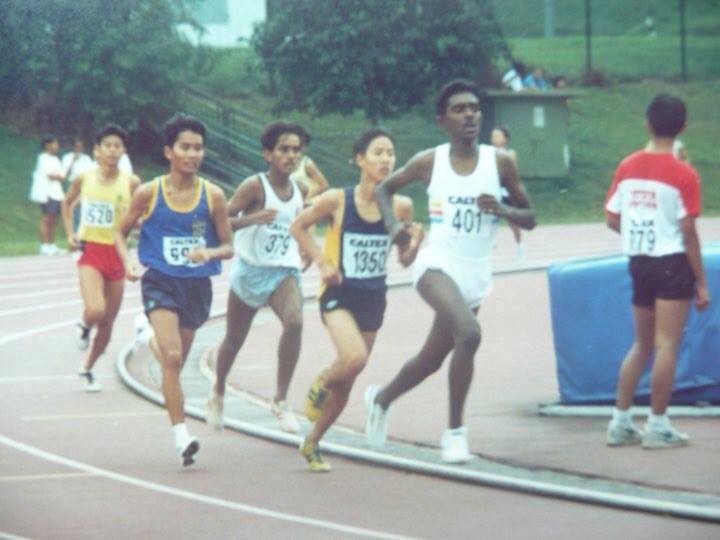
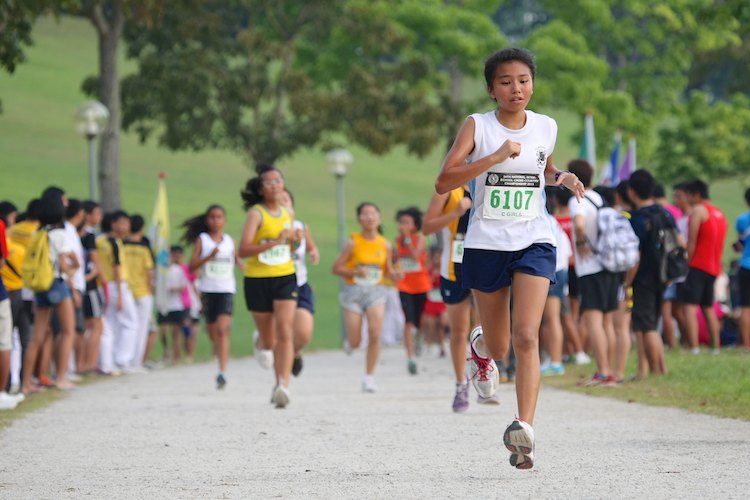
I have a operation on my knee cap a month ago but the swelling had not been reduce and find sitting,walking painful and i do feel a lump or stiffness on my surround knee.can you advice on this problem.
note:operation on 17/06/09.
regards.
michael seng
those with knee injuries might want to read this
http://www.t-nation.com/free_online_article/sports_body_training_performance_repair/18_tips_for_bulletproof_knees
often, the actual cause of pain/injury is due to not the actual injury itself but other weak/tight/unbalanced parts.